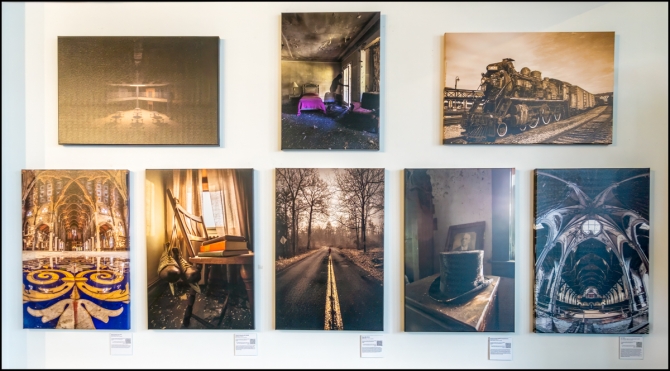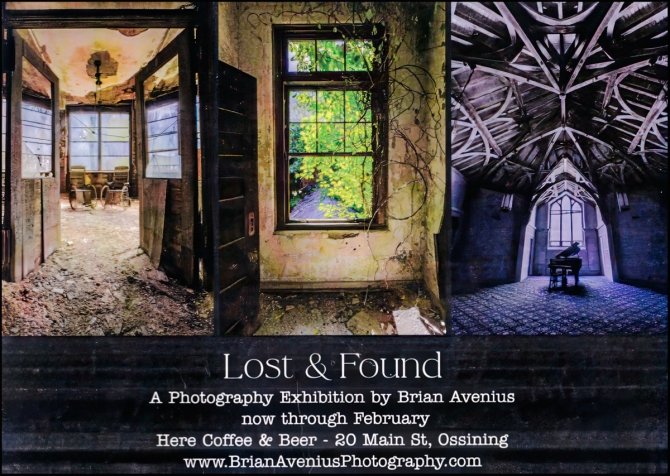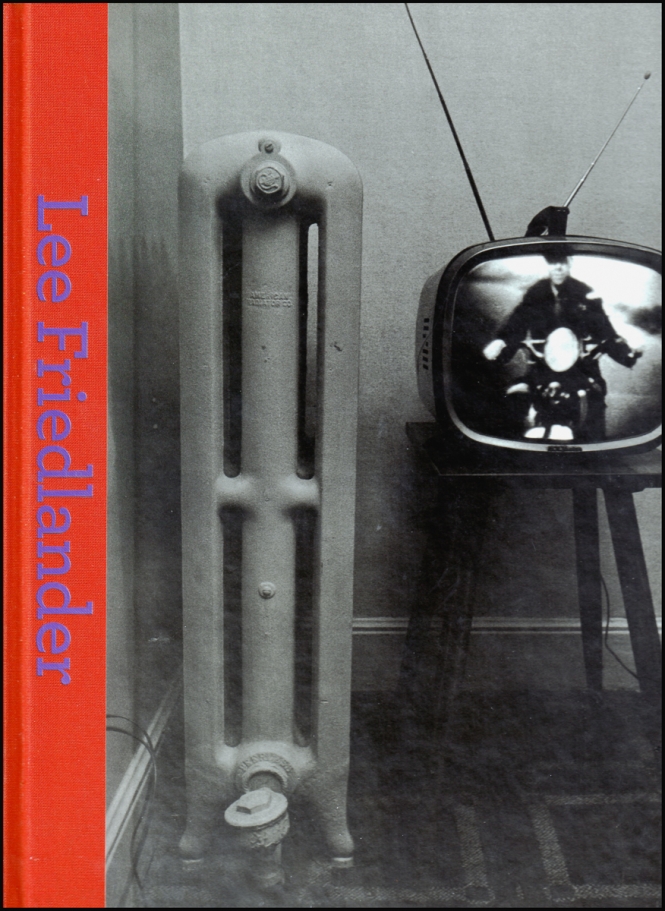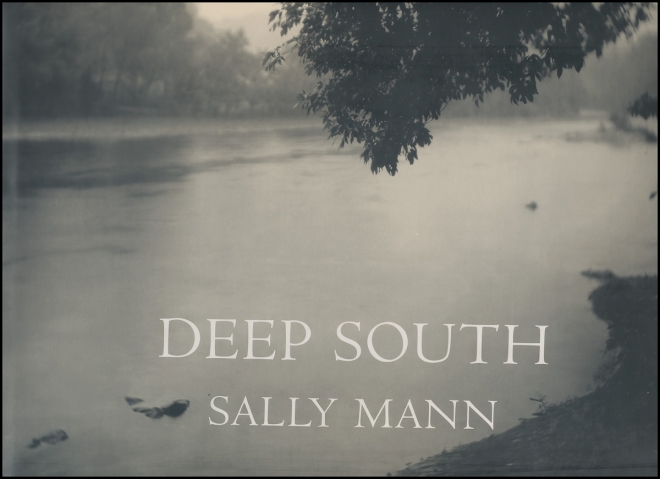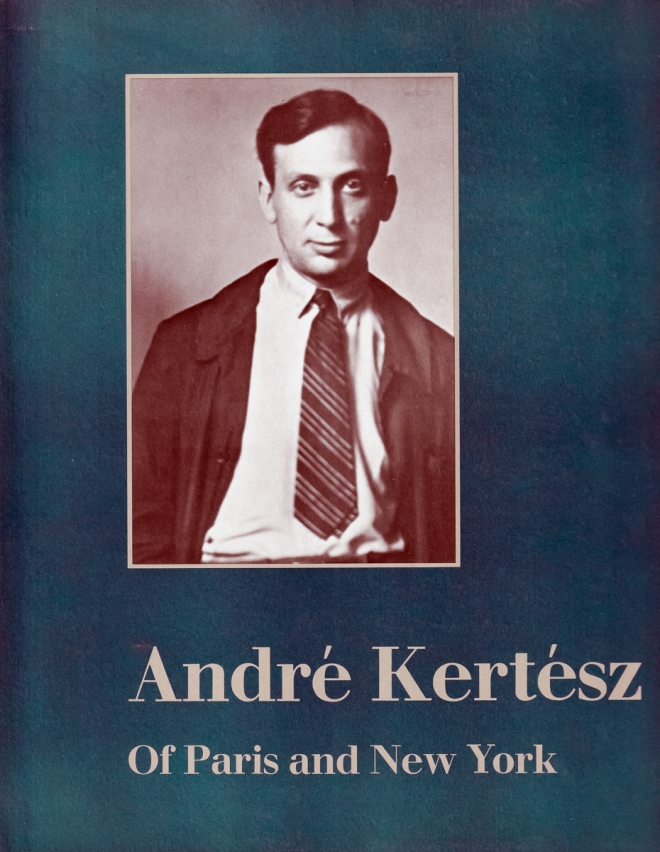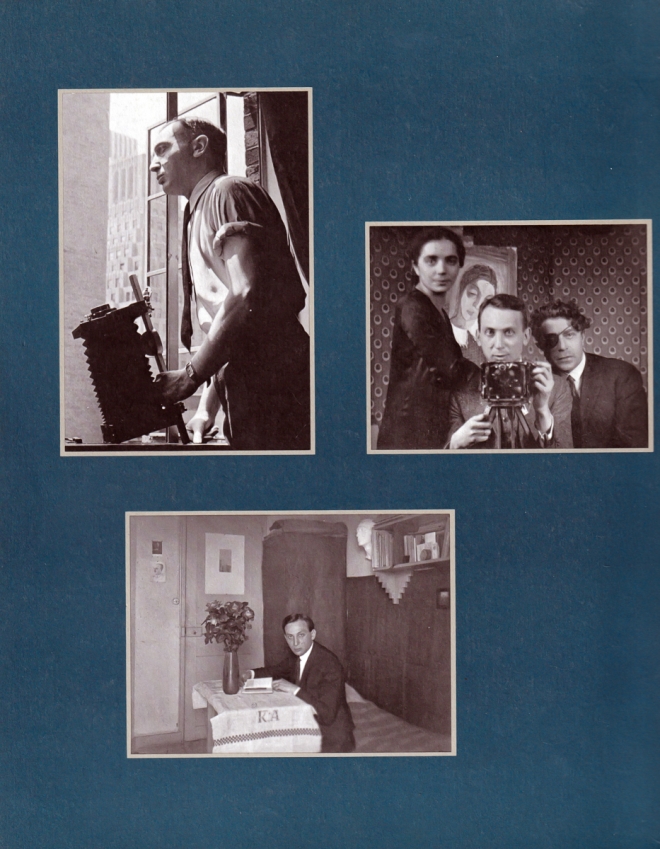About a week ago I felt like going somewhere pleasant where I could sit and read. So, I decided to go walk down to a restaurant (3 Westerly) on the Hudson River – about a 45-minute walk from where I live. On the way I stopped at a great local bookstore: Hudson Valley Books for Humanity where I picked up a copy of “Deep South” by Sally Mann.
Publishers weekly described the book as follows:
Mann rose to prominence with Immediate Family, a collection of photographs of her children that some saw as emotionally direct and others found disturbingly erotic. Regardless, these photographs, and her subsequent work, demonstrate that Mann has a preternatural eye for light and composition. In this book, Mann, inspired by “”a cache of glass negatives…of familiar local places,”” set off with her camera through the South, using eighteenth century photographic techniques to capture the “”radical light of the American South,”” and the results are fascinating. In Georgia, a column of leaves dissipates into a luminous mist; in Virginia, a scumbled field with an empty cart in the distance suggests a test shot by Matthew Brady. Many of these photographs are startling in their intimations of violence: in the section called “”Deep South,”” Mann depicts the thick shaft of a venerable tree with a wound-like, horizontal slash near the trunk. Mann has also included the inevitable mistakes involved with such a tricky process: indiscernible unhappy accidents and washed-out near-abstractions. This is brave but puzzling. In one of her short essays, Mann writes that the Southern dusk makes “”the landscape soft and vague, as if inadequately summoned by some shiftless deity, casually neglectful of the details.”” A god may enjoy such prerogatives, but shouldn’t artists be more mindful? Most of the 65 images here are hauntingly beautiful and offer a stunning tour of a very off-the-beaten-path part of the country.
I’m a big fan of Sally Mann’s work and already own a couple of her books: her memoir: Hold Still: A Memoir With Photographs; and A Thousand Crossings.
For a good overview see: Sally Mann Photos – Intimate, Visceral.
I love this book. It’s large so the quality of the photographs is good. But it’s not so large that I can’t conveniently pick it up and read it. It’s a nice mix of text and photographs. I often come across photobooks with almost no text at all. I can understand why, but personally I like to have some text. I also come across photobooks that have acres and acres of text: multiple long articles, which I don’t usually mind to much unless they’re full of “criticspeak”.
In my opinion this book is a perfect blend of text and photographs. And the text is not coming from academics pontificating about here work. It’s Ms. Mann telling a story, which complements her photographs. In addition to being a great photographer, Ms. Mann is an excellent writer (she has an MA in creative writing and her mother ran a bookstore). I find the photographs to be atmospheric, and more than a little disturbing. I’m sure that those who insist on ultimate sharpness will not like this book. But I do.
This book is not easy to find and if you can find one it’s usually somewhat expensive. I was very pleased to find it, at a reasonable price in my local bookstore.

